A beginners guide to a diving liveaboard in the Red Sea. Get ready to pack your wetsuit!
- The Introvert Traveler
- Sep 10, 2024
- 7 min read
Updated: Mar 17

This post follows the post recounting my diving experiences in the Red Sea, offering practical guidance that may be helpful for those traveling to Egypt for the first time to dive or, better yet, to go on a diving cruise.
Destinations
So far, I’ve been to the Red Sea twice for diving, and both times I chose a one-week cruise. The first time was at the end of October, when I visited Brothers, Daedalus, and Elphinstone (also known as BDE), three reefs located in the middle of the Red Sea, south of Marsa Alam. These dives are relatively demanding, and operators usually recommend some experience (generally an Advanced certification and at least 30 dives). These sites are famous for strong currents, although I didn’t encounter challenging conditions. On my second trip, at the end of August, I headed north to Ras Mohammed, an area renowned for its wrecks, especially the Thistlegorm.
My personal opinion: between BDE and the northeast route (Ras Mohammed, Sharm El Sheikh, Tiran Strait), I definitely recommend the former. BDE is an itinerary featuring spectacular reefs that plunge steeply into deep blue abysses, with a high chance of encountering sharks (especially oceanic whitetips and hammerheads, but also, more rarely, thresher sharks and whale sharks), where Nature displays all its beauty. The northeast route is still in the Red Sea, but both the landscapes and the abundance of marine life are not comparable. I would mainly recommend it to wreck diving enthusiasts (in addition to the Thistlegorm, there are at least 10 other world-famous wrecks that can be visited over the course of a week). But in the end, it's a matter of personal preference.
Planning a liveaboard in the Red Sea
I found my cruises through a simple Google search, settling on the website liveaboard.com. The site is very well designed, providing a comprehensive overview of available options with all the necessary information and filters to find exactly what you're looking for (e.g., Nitrox availability on board, minimum number of required dives, etc.). It’s somewhat like the Airbnb for diving cruises; while it offers an undeniably useful service, it comes at a high cost, so you may want to consider booking directly with the cruise company and bypassing the online agency.
Before traveling, you must obtain an e-Visa at Visa2egypt.gov.eg.
As of October 2022, no vaccinations are required.
Travel Experience
A diving cruise is an experience I highly recommend at least once in a lifetime.
First of all, traveling on a liveaboard for divers allows access to remote locations that would otherwise be unreachable. This means you can arrive at dive sites early in the morning and enjoy them all day long. Moreover, the travel experience itself is memorable, taking you through untouched, remote areas of the planet with breathtaking landscapes.
In Egypt, diving is a significant part of the national economy, and the staff, especially the guides, are extremely experienced and qualified.
Onboard, the experience is exceptionally comfortable. Diving cruise ships are typically designed with great attention to detail to ensure the best experience for divers. The diving area is usually spacious, equipped with everything you need, including camera charging stations, while the living areas are comfortable, with couches and multiple decks to relax during navigation and between dives.
Meals onboard are usually plentiful and of excellent quality.
One negative aspect worth mentioning is the safety of the boats: regular readers of diving forums will know that, on average, a liveaboard in the Red Sea sinks once a year with almost statistical regularity. While diving staff are highly qualified, the same cannot always be said about the maritime crew’s safety standards. It’s worth keeping this in mind when choosing your cabin, ideally avoiding the lower decks.
Another point to consider is the relatively frequent bankruptcies, some orchestrated, of cruise companies. Personally, I had a great experience with the company I used for both my Red Sea cruises, despite some concerning online reviews. However, before booking, it's wise to research the company’s reliability and consider purchasing good travel insurance.
Despite these warnings, a diving cruise will remain an unforgettable experience: the thrill of vertical reefs and the deep blue sea, waking up anchored at a reef with an oceanic whitetip shark peacefully swimming by the boat, evening navigation to the next destination, watching the sea and resting after a day of diving, the sight of your first hammerhead shark, the sunsets...
Tipping
It is customary to leave a tip of between 10% and 15% of the total cost of the trip for the crew.
Airlines
The main airlines flying to Hurghada, the primary port for southern Red Sea cruises, and to Sharm El Sheikh are Egypt Air, Turkish Airlines, and Neos Air, a low-cost airline sometimes absent from aggregators like Skyscanner, but which offers excellent service for a budget carrier.
I’d like to highlight that Turkish Airlines, an excellent airline, offers special rates for diving equipment when flying to certain airports in Egypt.
Required Experience
As mentioned, the BDE route is considered for experienced divers. For your safety, operators generally require a minimum level of experience, usually an Advanced certification and at least 30 to 40 dives. While BDE can sometimes involve strong currents, this wasn’t my experience. These are not extreme dives like some in Komodo or the Galapagos, so the requirements shouldn’t discourage you. However, to protect the reefs and for your own safety, good buoyancy control is recommended.
Many of the dives on the cruise are done from a Zodiac boat. The transfer from the main boat to the Zodiac can be tricky in rough seas, so once again, some experience helps. To put things in perspective, I did the BDE cruise shortly after getting my Advanced certification with 40 dives under my belt, and I consider this the minimum recommended experience level.
Regarding the Thistlegorm, horror stories abound online and on social media about extremely challenging conditions, lost divers, and dozens of ships passing overhead. My experience wasn’t nearly that dramatic; diving the Thistlegorm was no different from any other dive. Descent is always along the anchor line that the cruise ship uses to moor to the wreck. Since the wreck sits on a sandy bottom exposed to currents, visibility can be low, especially during the descent, but both visibility and currents improve once you reach the wreck. Diving the Thistlegorm doesn’t require exceptional experience, just good buoyancy control. The key, especially in strong currents, is to reach the anchor line as soon as you enter the water and not let go until you reach the wreck. Inside the wreck, good buoyancy control (and perhaps the ability to frog kick) is recommended to avoid stirring up sediment and reducing visibility for everyone.
For Thistlegorm dives, Nitrox certification is almost essential due to the dive profile. Descent and ascent are vertical along the line, and the rest of the dive is entirely at 30 meters, where the wreck lies. In these conditions, Nitrox allows you to explore the wreck for a reasonable amount of time without entering decompression limits.

Equipment
One nearly indispensable accessory for a cruise is large clips for hanging swimsuits, towels, and clothes to dry during navigation. Each cruise typically provides some, but it’s first-come, first-served.
At the end of October, the weather is mild, and you may need a sweatshirt in the evenings, especially right after diving. In August, contrary to what I’ve read, the heat is not unbearable, as the sea breeze moderates it.
Another highly recommended item is motion sickness medication, which will definitely come in handy during navigation. Most cruises carry an Egyptian equivalent of the medication, which is even more effective, but it's better to have your own supply.
Another recommended accessory, both for reef and wreck dives and especially for night dives, is a flashlight. While you can rent them onboard, it’s better to have your own.
Generally, the boat will have everything necessary for emergencies, but I suggest bringing the following: if you're a photographer, an extra camera battery charger (if it breaks, you'll feel like you're in the 19th century); a few cable ties (you’d be amazed at how useful they can be); spare O-rings of various sizes; duct tape; a multitool; bandages; a spare mask; and spare fin and mask straps.
Temperature
Water temperature, both in late October and late August, was a steady 30°C. I used a 5mm wetsuit but concluded that with 30°C water, a 3mm shorty would be better. The thickness is more than sufficient for that temperature, even when doing four dives a day. On a cruise, where you typically do up to four dives, putting on and taking off a full 5mm suit can become tiring and annoying, especially when you wake up at 6 am and find the suit still wet from the previous evening's dive. Furthermore, considering that in the Red Sea the salinity of the water is very high, increasing the buoyancy, reducing the millimetres of neoprene also allows you to dive with less weight, improving the comfort of the dive.
On a cruise, the daily routine is dictated by the motto "eat, sleep, dive, repeat": wake-up is usually at 6 am for the first dive. After a quick briefing, you get in the water, followed by a hot breakfast to recharge, a surface interval, and then it starts all over again with another dive. In protected marine areas, night dives are not allowed, so there are typically only three dives per day, leaving more hours of relaxation on deck for naps, chatting, and reading. Outside protected areas, a night dive completes the day, leaving little time for other activities.
In the Red Sea there is no thermocline, so the temperature is relatively constant, both on the surface and at a depth of 30 metres.
Phone
Both on the southern route (Brothers, Daedalus, Elphinstone) and the northern route (Ras Mohammed), 3G signal coverage is limited and only available when close to the coast. If staying connected is a priority, I suggest purchasing a Garmin Inreach satellite device, which at least allows SMS communication.
Wi-Fi is a service generally offered by ships, but it works (usually badly) only under 3G coverage.
Books
For both routes, I recommend some preparatory reading. The southern route is known for sharks (especially oceanic whitetips and hammerheads), but those unfamiliar with the Red Sea would do well to learn about the main local species to fully appreciate the dives. For the northern route, I suggest reading a good book on the Thistlegorm to fully enjoy the dive.
Suggested Reading:
Simon Brown, Jon Henderson, Alex Mustard, Mike Postons, Diving the Thistlegorm: The Ultimate Guide to a World War II Shipwreck
Ewald Lieske and Robert Myers, Coral Reef Fishes























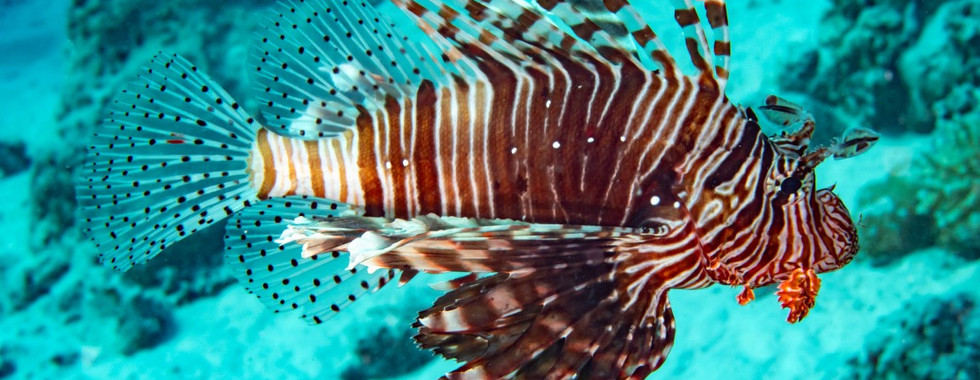

























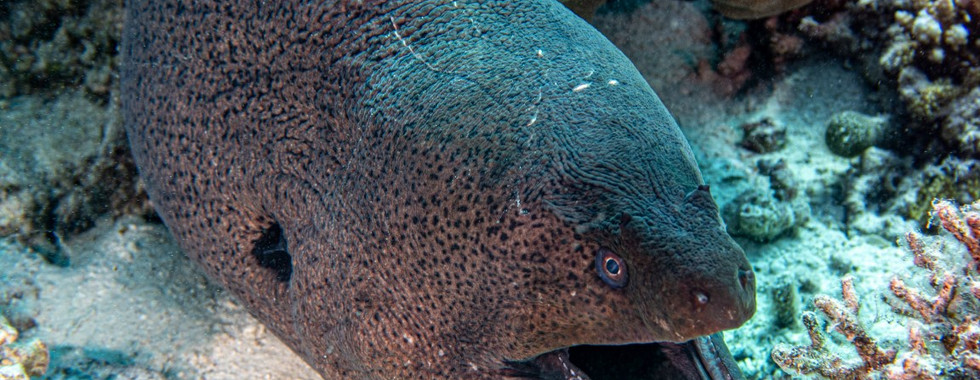

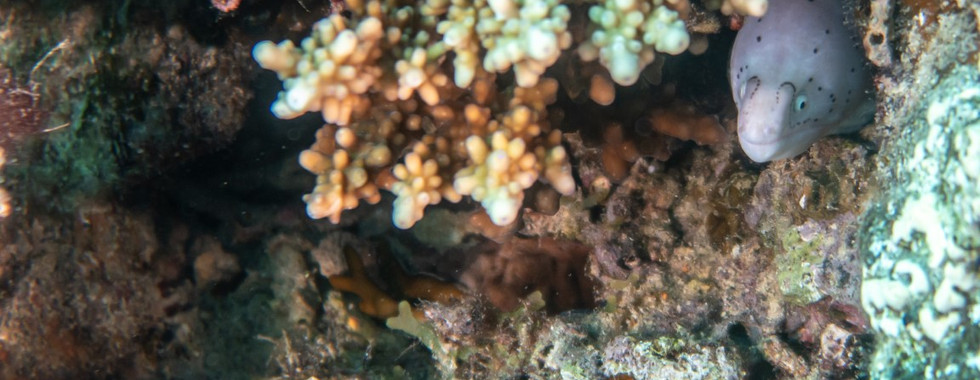





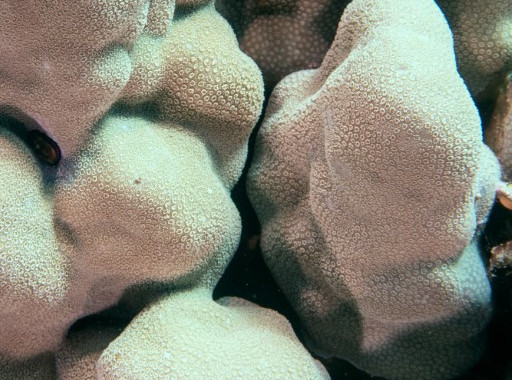















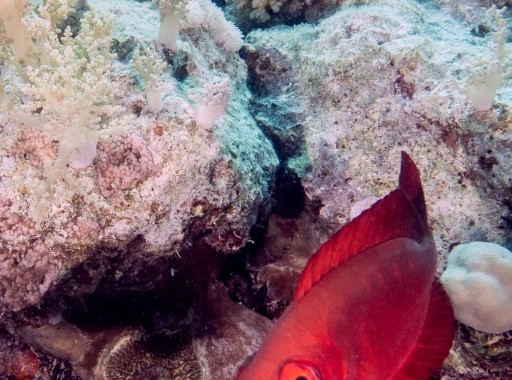









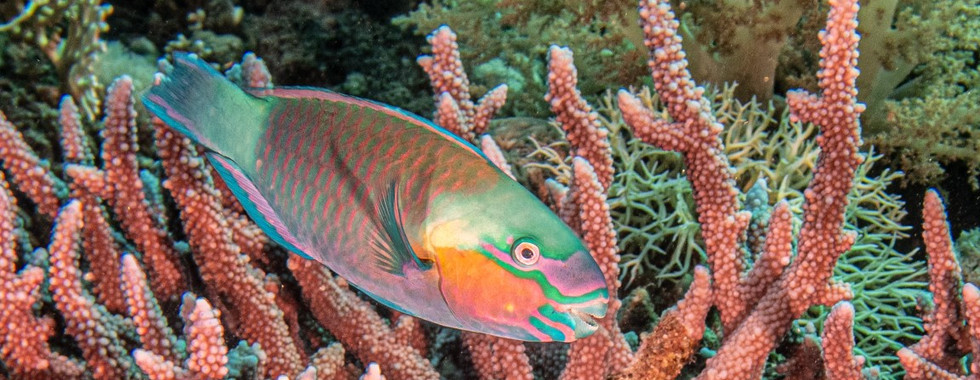





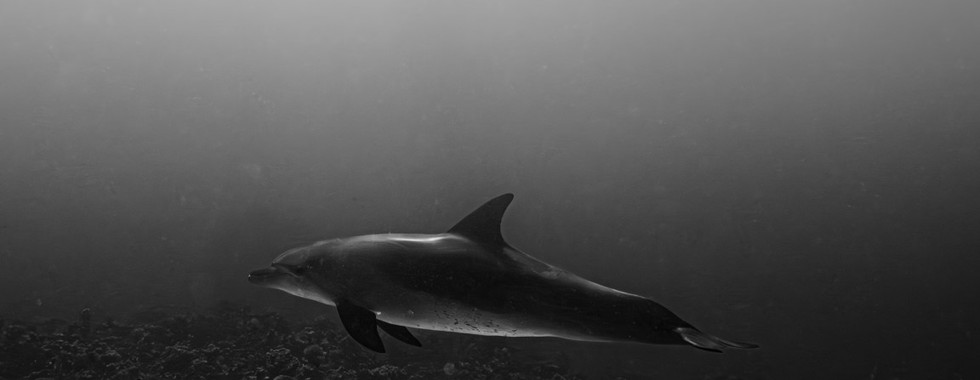

























































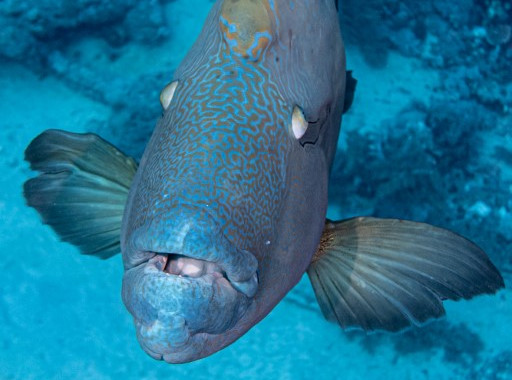





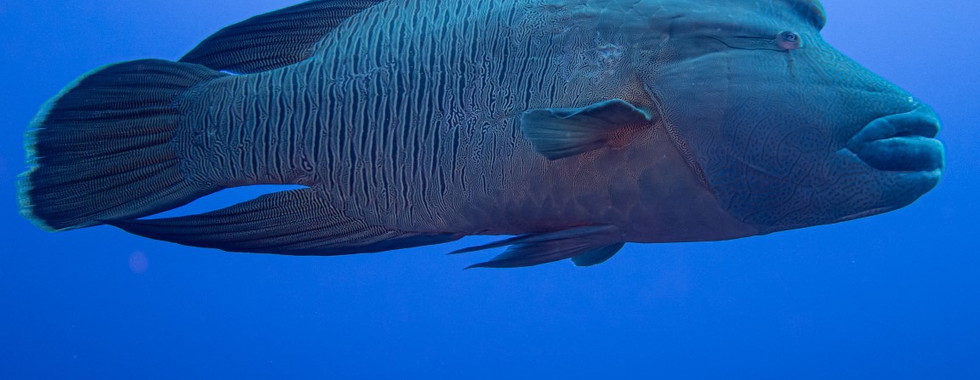















































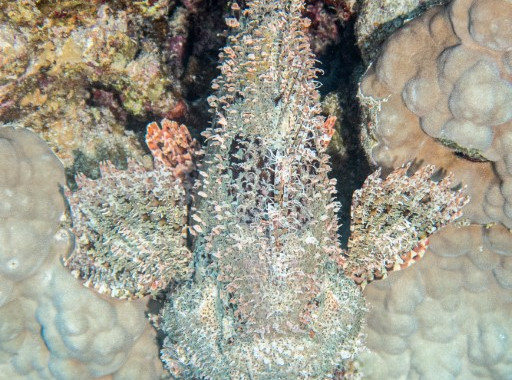



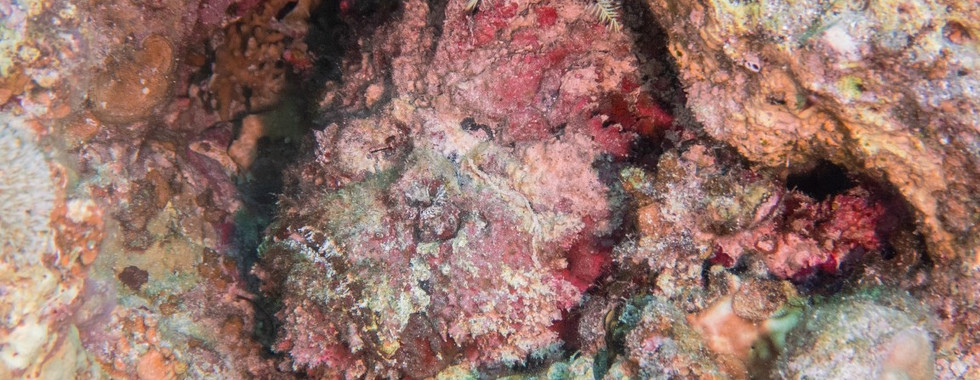







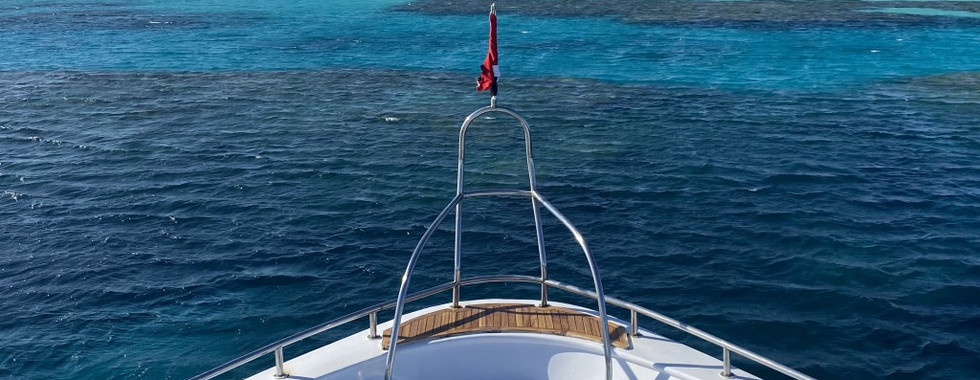












Comentarios